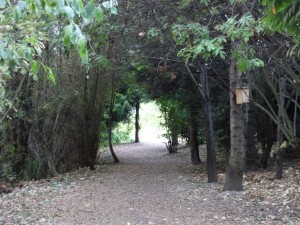
Nature in the Midst of an Industrial Area
On approximately three acres behind the OHS facilities, our dog walking path is also a nature preserve. With the Columbia Slough a mere 300 feet north of us, this natural corridor is home to an ever-changing array of critters.
Situated as we are in the NE Columbia Boulevard industrial area, this natural area is amazingly tranquil. A resident blue heron stands in our pond for hours on end, and eagles have even been spotted soaring high above us.
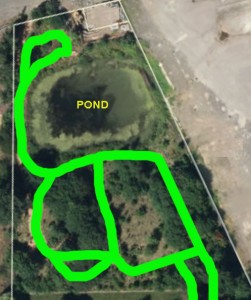
On a normal dog walk, our goal is to provide each dog with 15-20 minutes outside his or her kennel. The nature area used for the walks consists of a well-maintained path lined with a variety of trees, bushes, grass and assorted plants.
During the walk, the dogs are free to smell the assorted smells from all the other animals and plants, as well as the “messages” left by previous dogs. They also get the opportunity to stretch their legs and get some one-on-one time with our dedicated volunteer walkers.
Some dogs just want to enjoy the freedom of walking and doing their business outside. Many dogs stop and sniff everything.
Morning & Afternoon Walking Teams
I walk Monday and Tuesday mornings, and am the anchor (volunteer leader) for the Monday afternoon walking team. Most people come in once or twice a week as part of a daily team, like I do, and work with a group of fellow volunteers.
The crews start morning walks around 7 am. In the darkness of winter mornings, we startle some of the creatures who come out overnight.
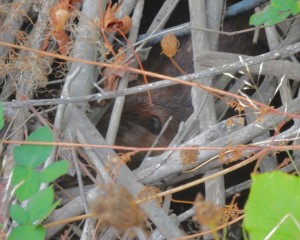
The evidence of the beaver has been seen the past couple of days in downed trees. Since beavers are crepuscular (active between the period before dawn and that after dusk), the dog walkers rarely get to see them in action around our pond. Beavers are sensitive to smells and sounds, so the active presence of dogs and walkers probably keeps them away as well.
One was observed Tuesday morning leaving the pond and was last seen moving into the thick underbrush. I managed to get a photo (at left) of the beaver peering at me through the brush.
The afternoon walks begin at 4 pm and continue until every dog has had at least one walk. At dusk, the evening creatures come out and the rabbits become more bold. After dark, we stop using the dog path so the evening creatures are not disturbed, leaving the rabbits and other critters to the quiet darkness under the tree canopy.
Squirrel!
Occasionally the bigger and stronger dogs react to a rabbit before the walker sees it. It can sometimes be a challenge to restrain the dog—this is one reason why OHS volunteers receive lots of training to hone their animal-handling skills.
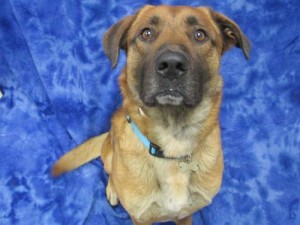
This Monday afternoon, I was walking a recently-arrived 70-pound dog, Ryder. He noticed a squirrel about seven feet up a small tree and refused to move, barking to scare it into moving out of the tree. Eventually, the squirrel jumped into another tree further away and that only increased Ryder’s attentiveness. I managed to get him to walk backwards until he finally lost interest. Thankfully, few dogs get this intent on a squirrel during our walks!
Nature, Brought to You By…
The dedicated Dog Path Crew of volunteers keeps the path fresh with bark chips and works to minimize invasive plants. They have been startled uncovering a nest of young garden snakes, but mostly they work on keeping the weeds under control and the wild blackberries in check.
Our nature area is a quiet, tranquil retreat from the bustling shelter—hard to believe it is in the middle of an industrial area. Besides the obvious interactions with each dog, we catch glimpses of: coyotes (pictured below), green heron, rabbits, various kinds of ducks, beavers, squirrels, geese, blue heron, nutria, garden snakes, frogs, hawks, and even bald eagles.
—Contributed by Tim Hurtley, OHS Volunteer
More Wildlife and Dog Path Views
More Information
Become an OHS volunteer »
OHS volunteers can join a dog walking team, dedicating one morning or evening per week to helping ensure all shelter dogs get their walks.
Volunteer with a group »
Groups from schools, companies, and other organizations can volunteer together to help keep our dog walking path in top shape.
Dog Path Crew »
See the Dog Path Crew in action with group volunteers in this previous post.

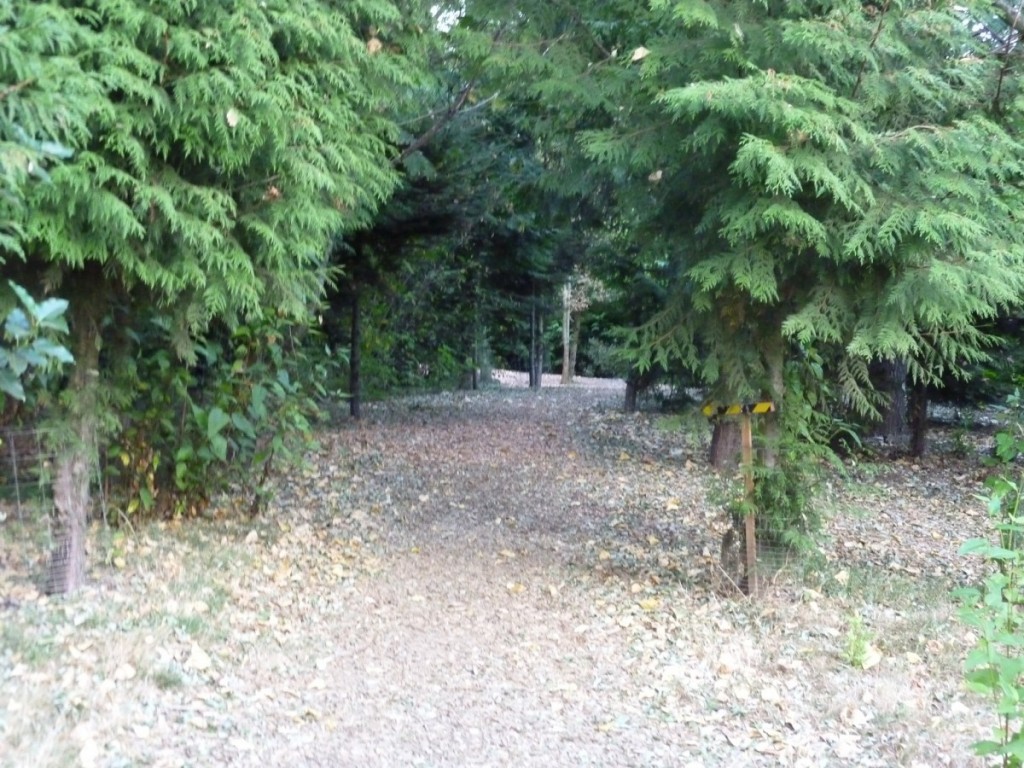
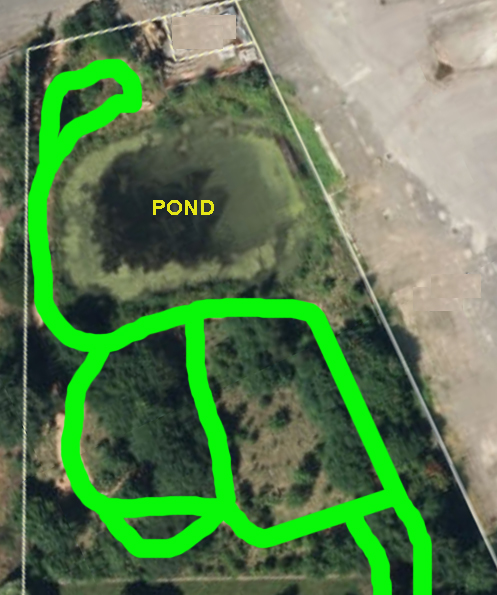
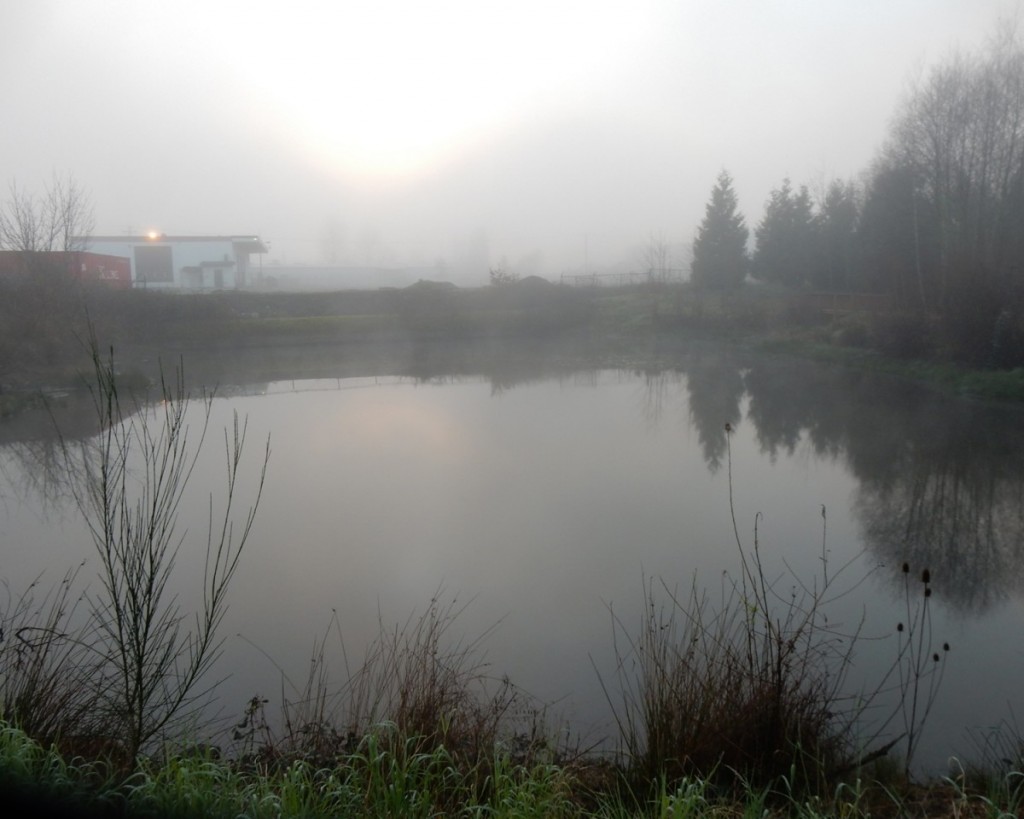
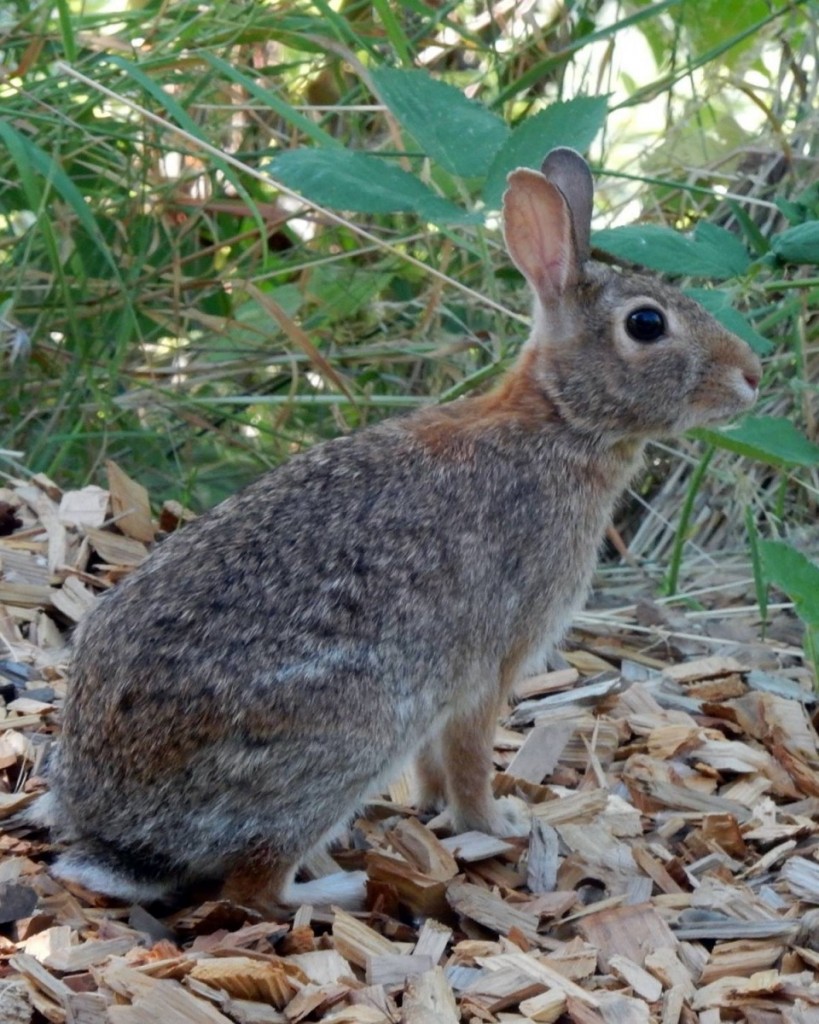
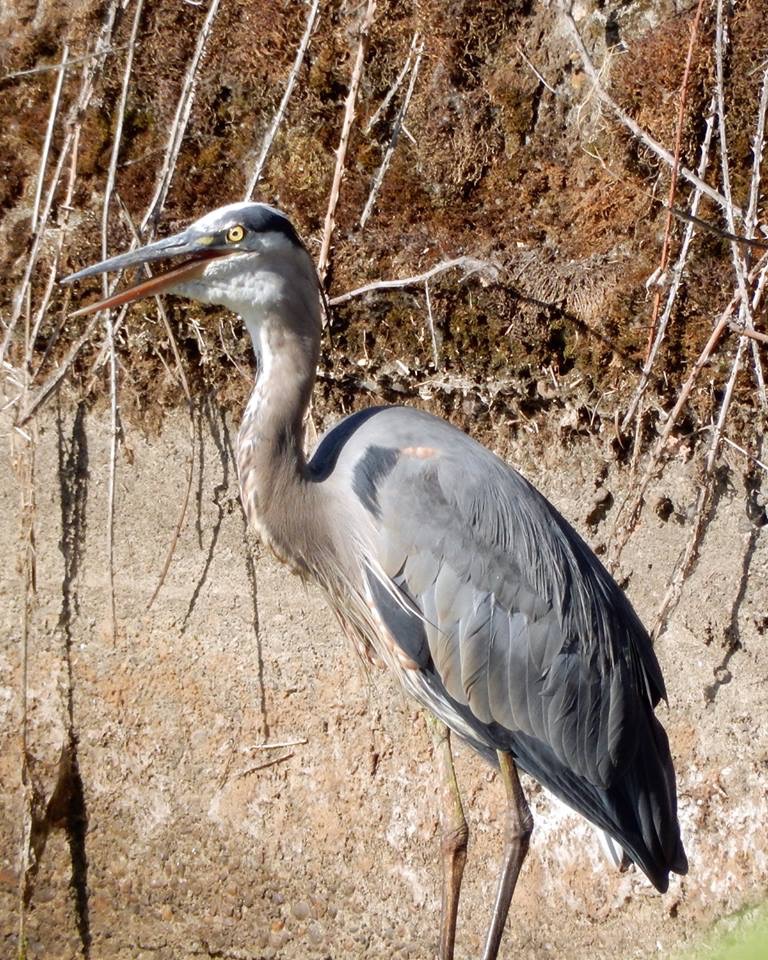
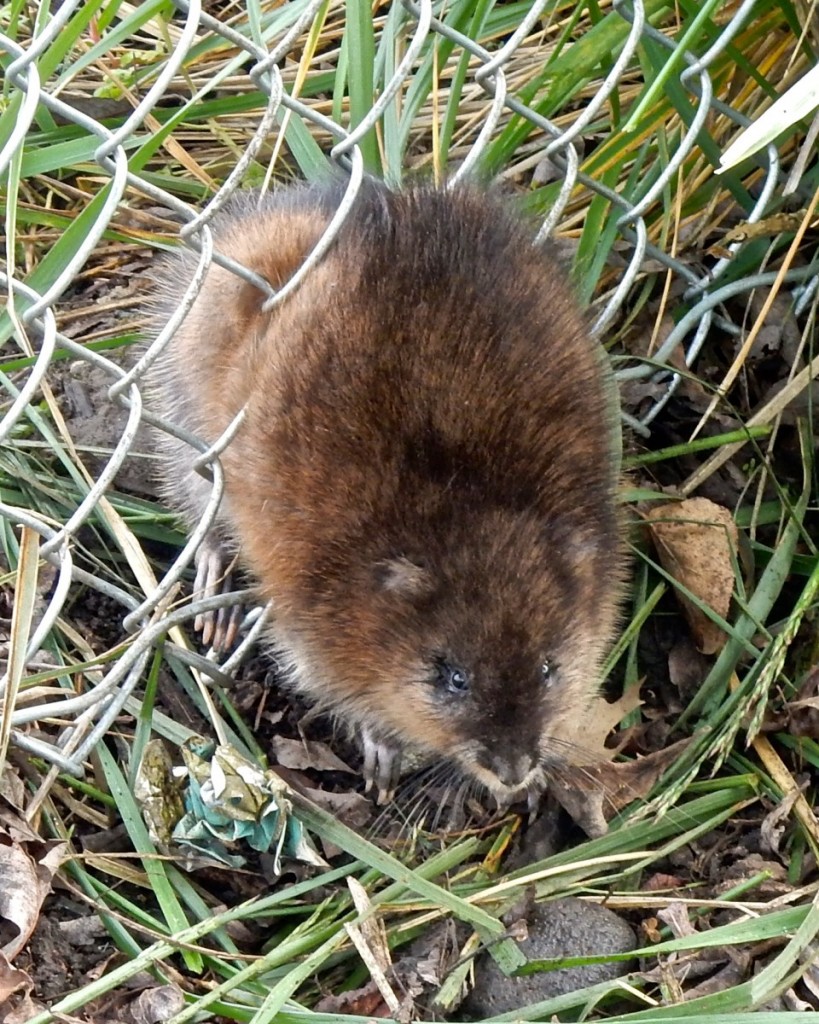
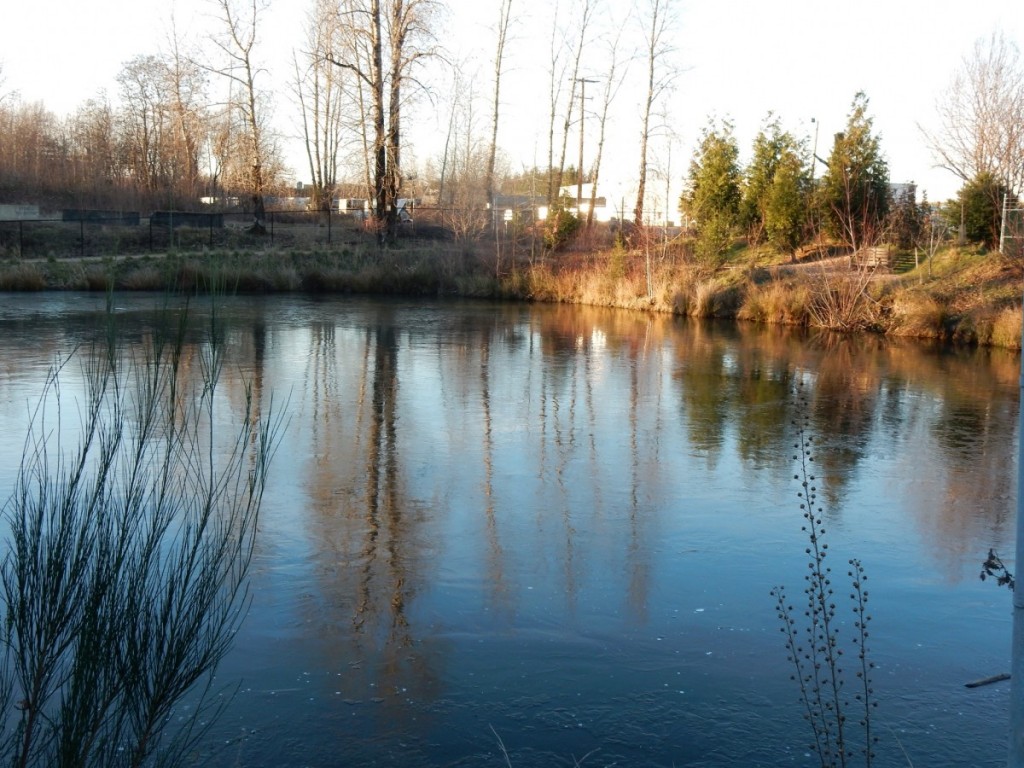
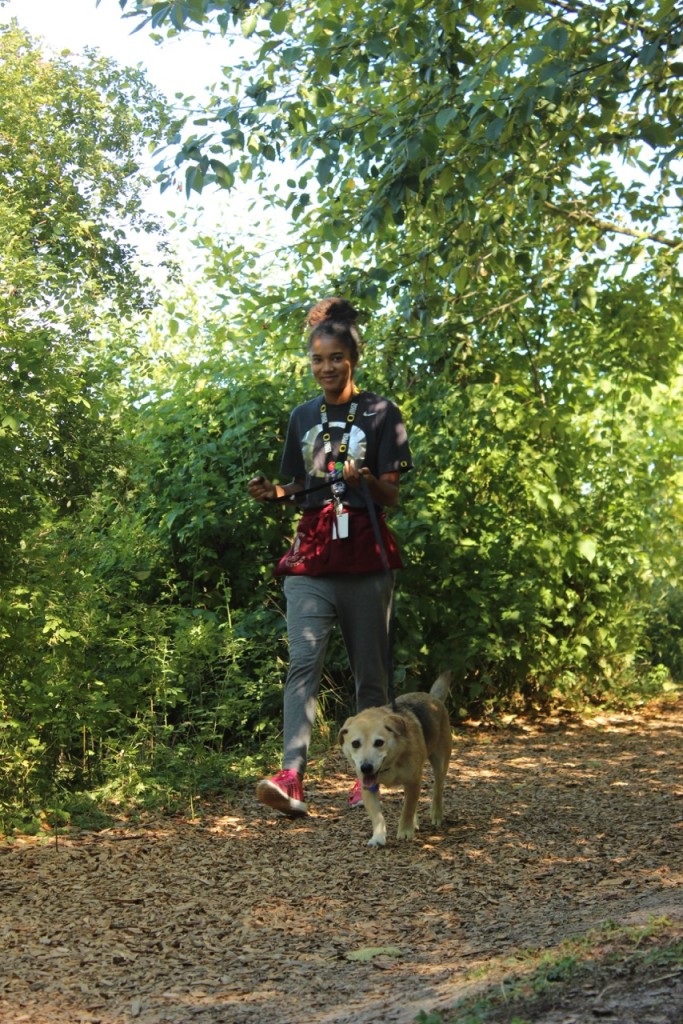
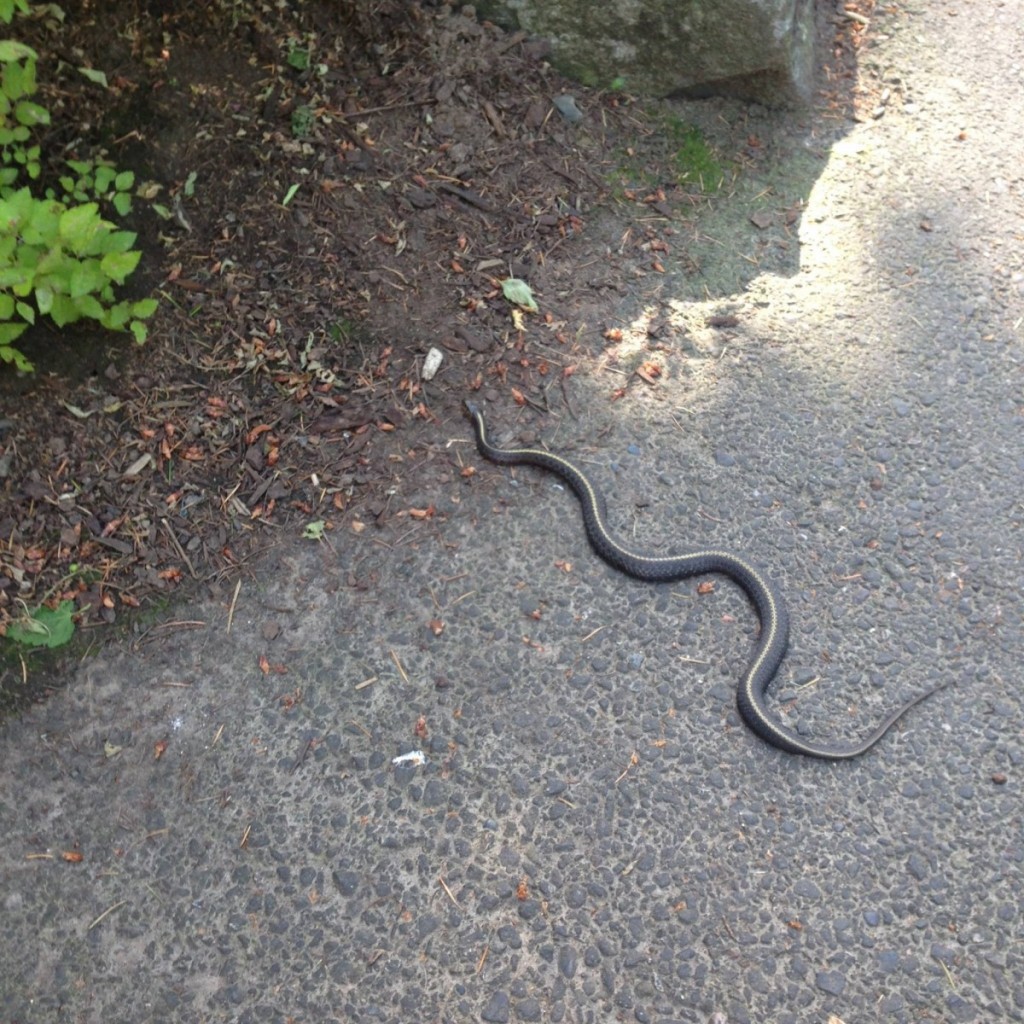
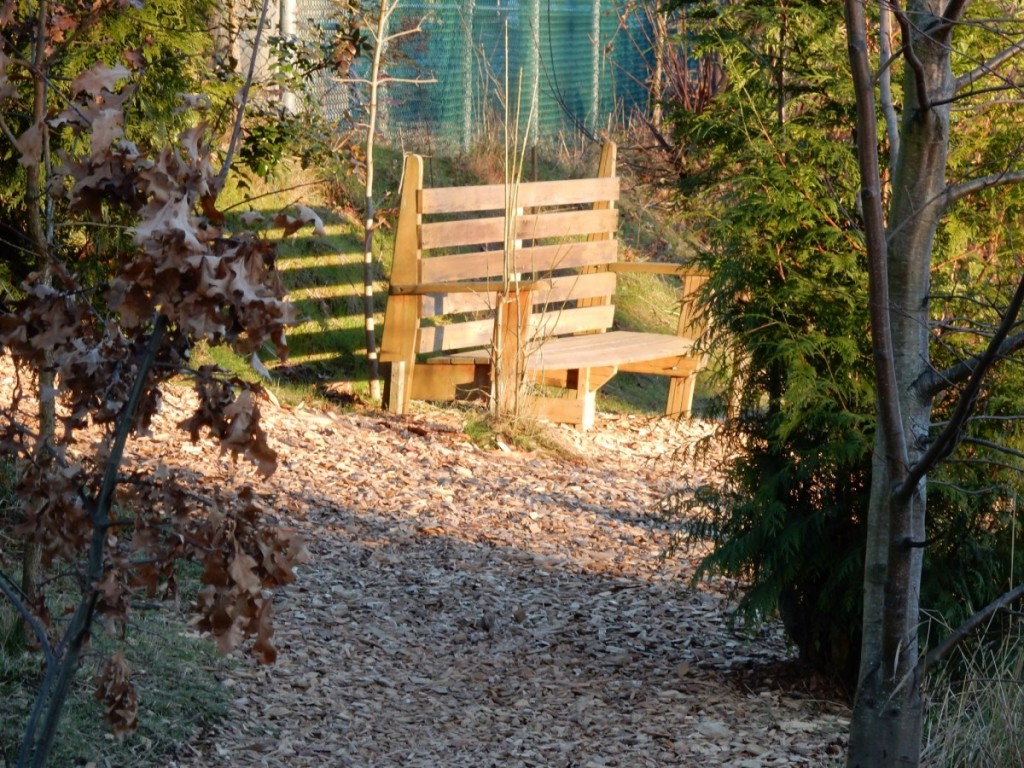
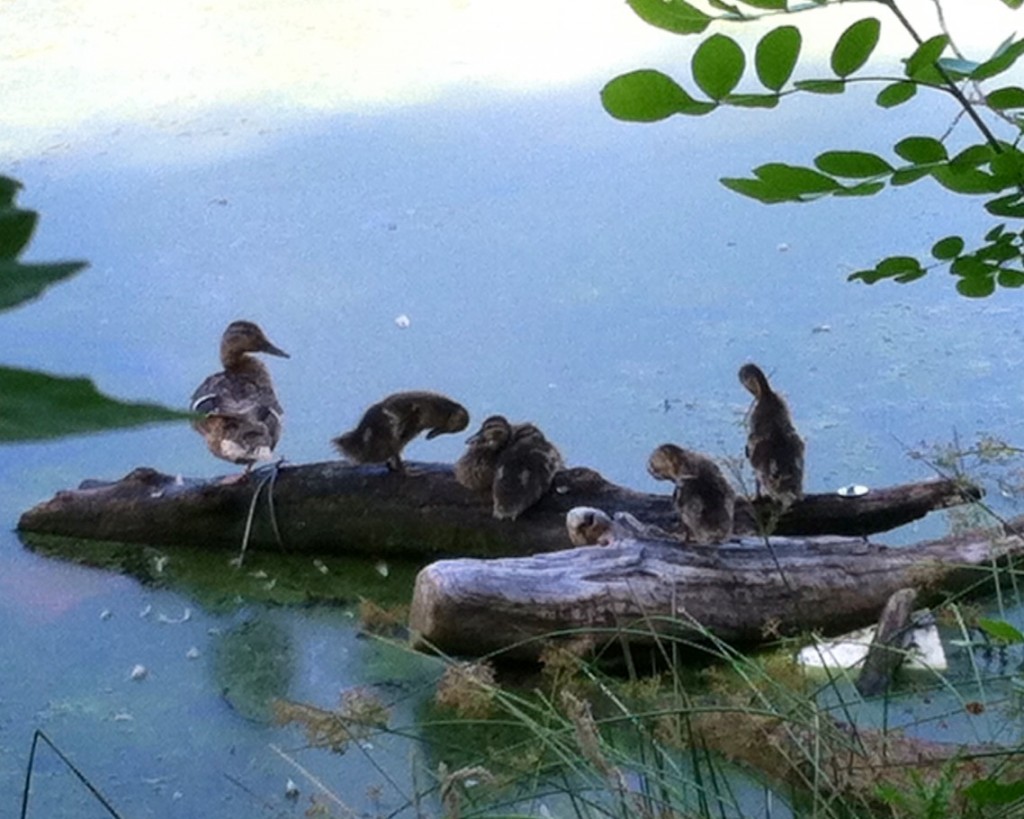
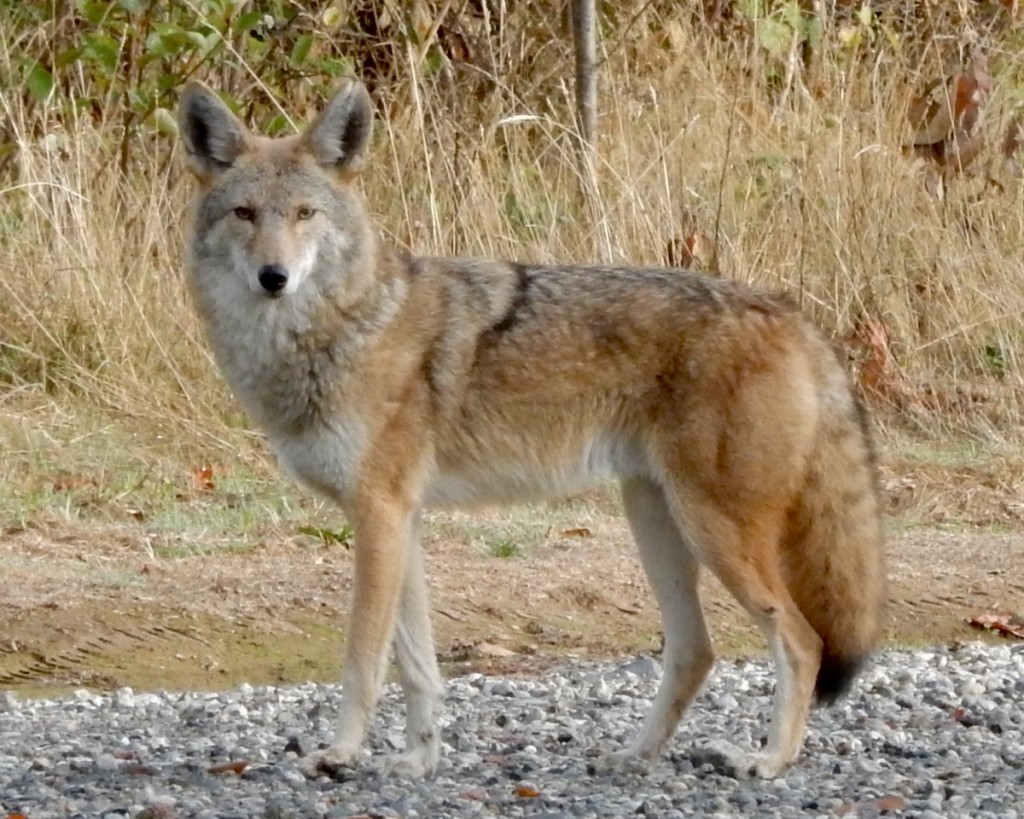
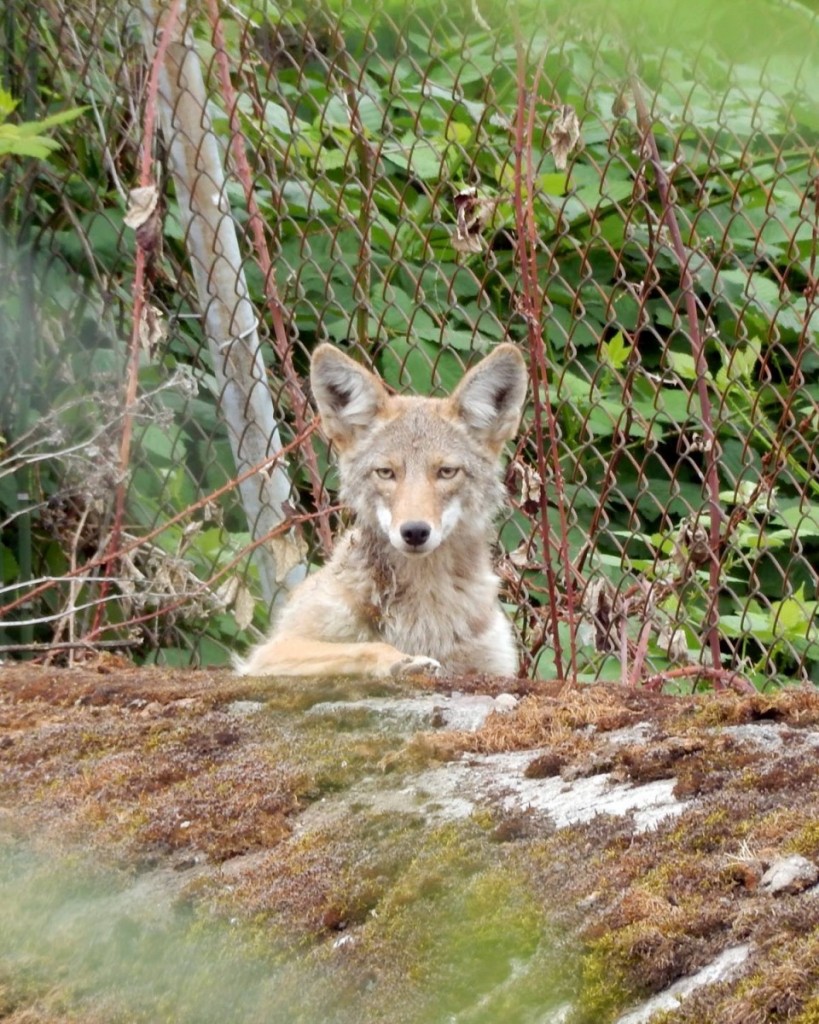
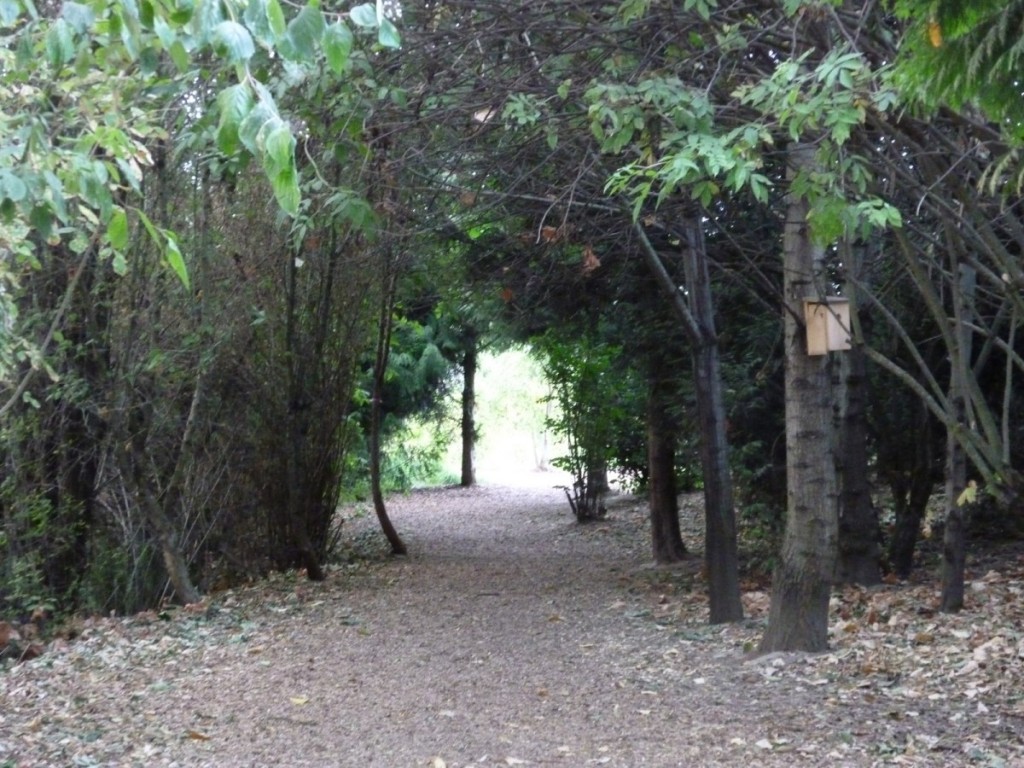
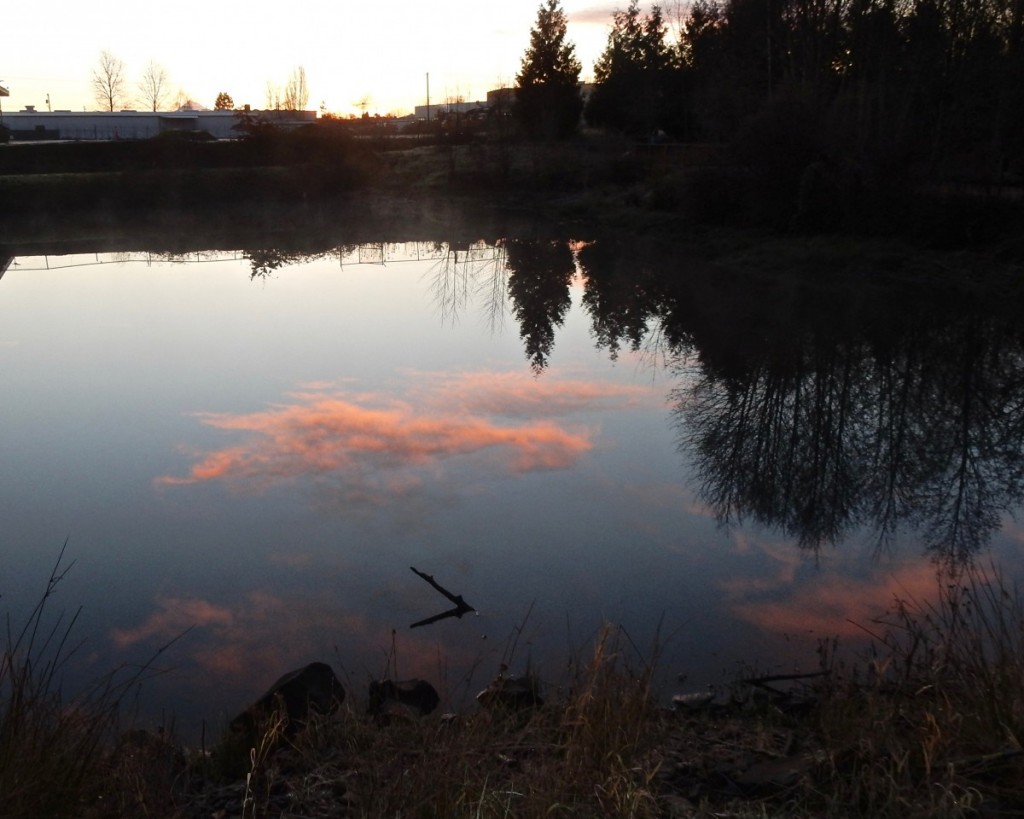
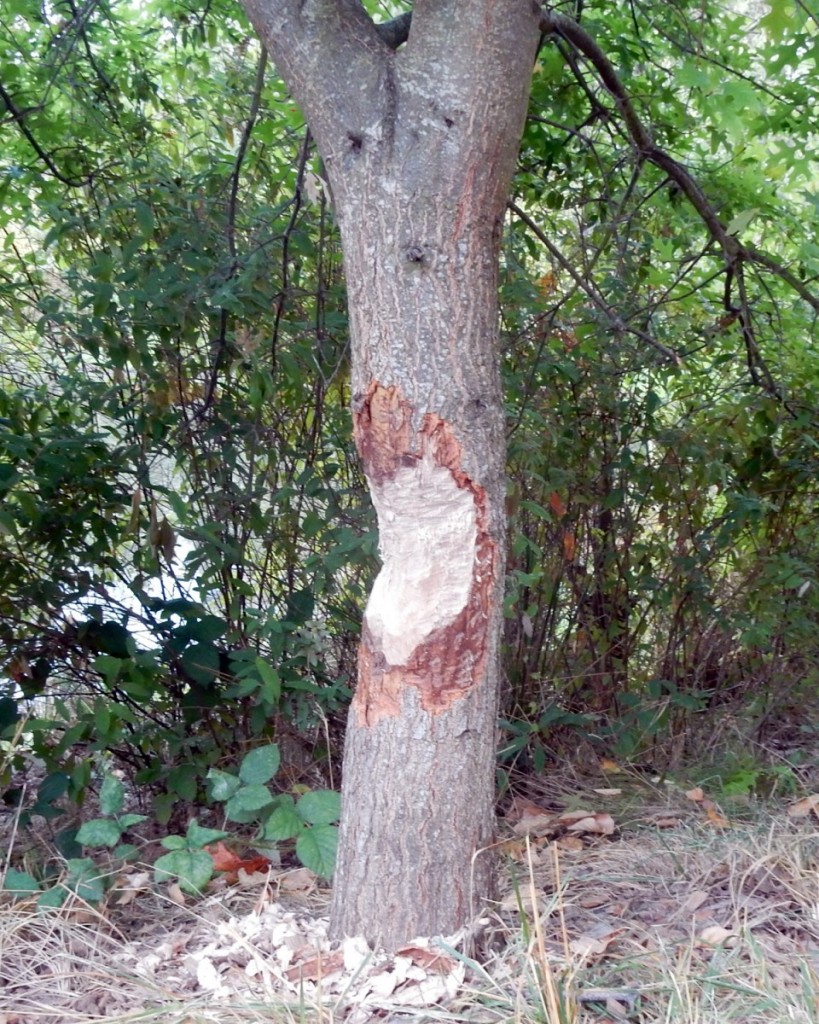
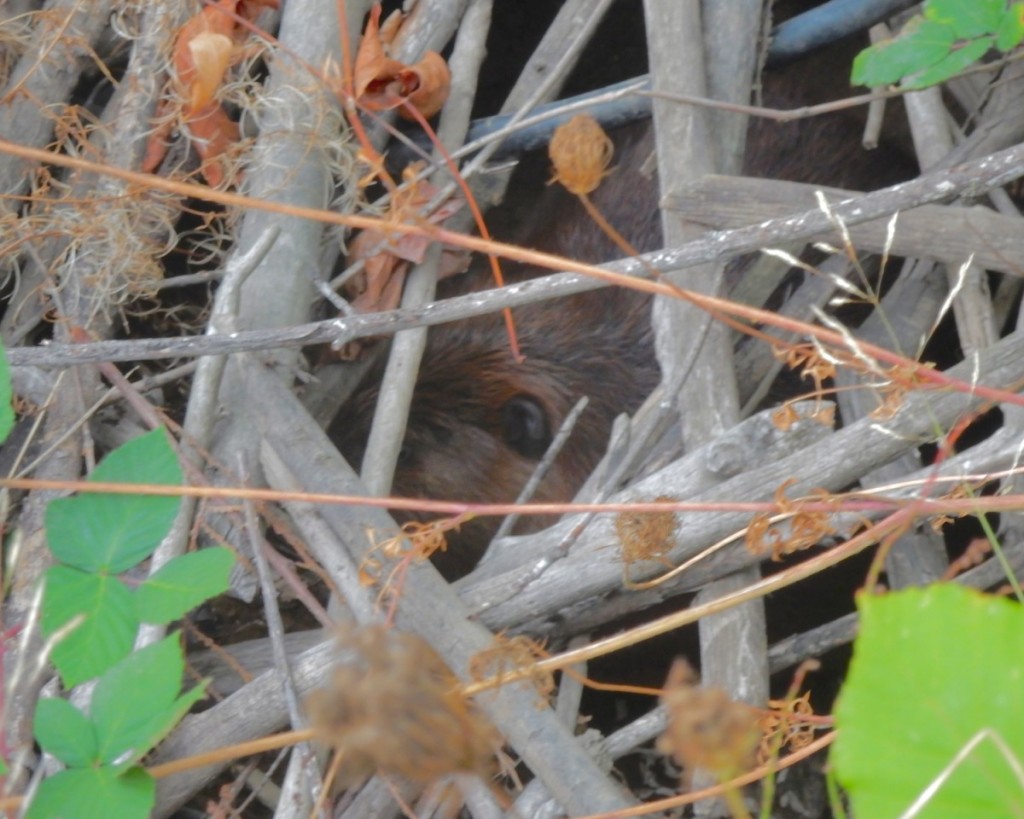
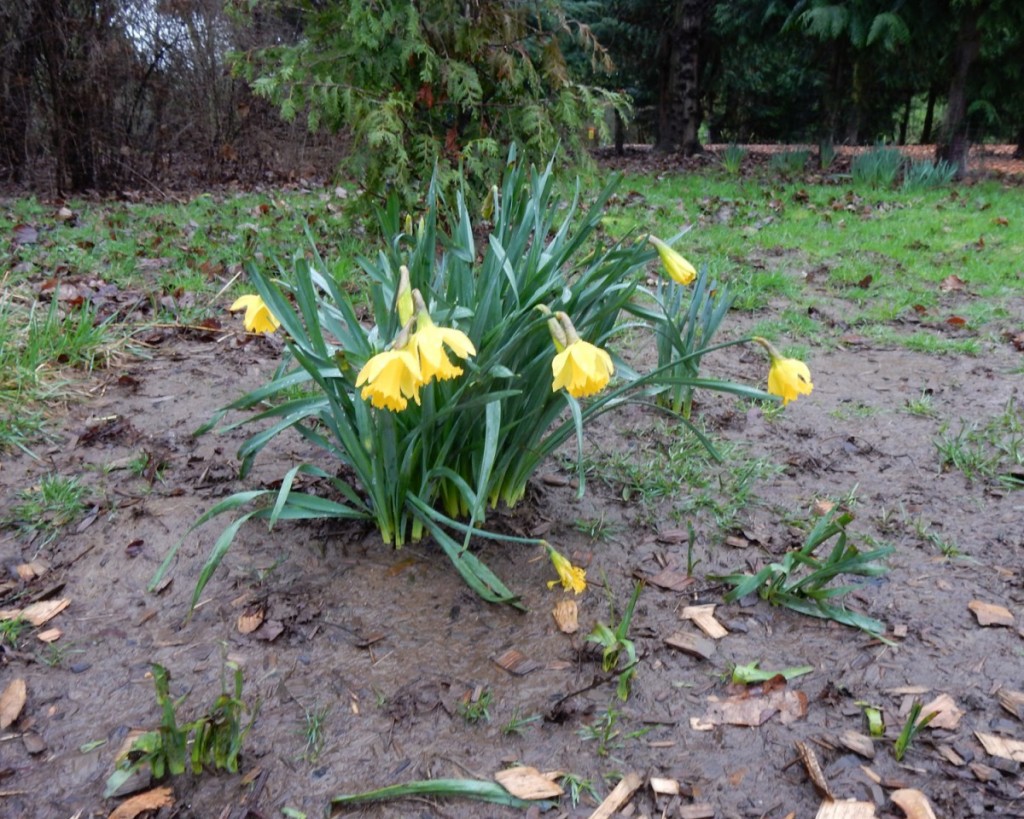


Hi! I have a program with my work that offers three paid days a year to volunteer at a 501(c)(3) non profit. I would like to volunteer as a dog walker with those three days, one day in August, one in September, and one in October. Is this a possibility? I have a large dog and am very accustomed to walking! 🙂
For more info about volunteering opportunities at OHS that would work for this schedule, check out our Group Volunteering page here: https://www.oregonhumane.org/get-involved/volunteer/groups/ Thanks!